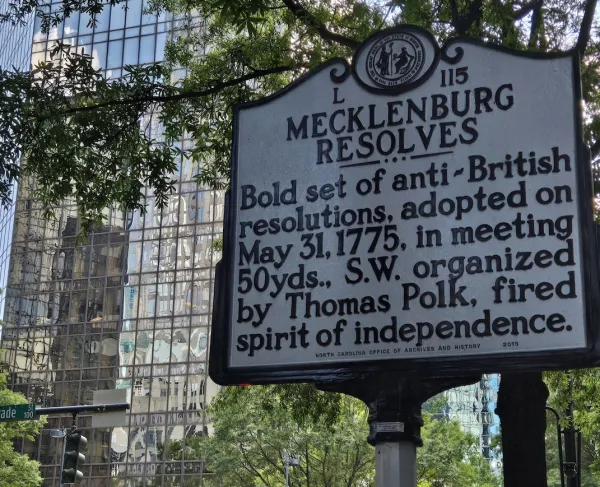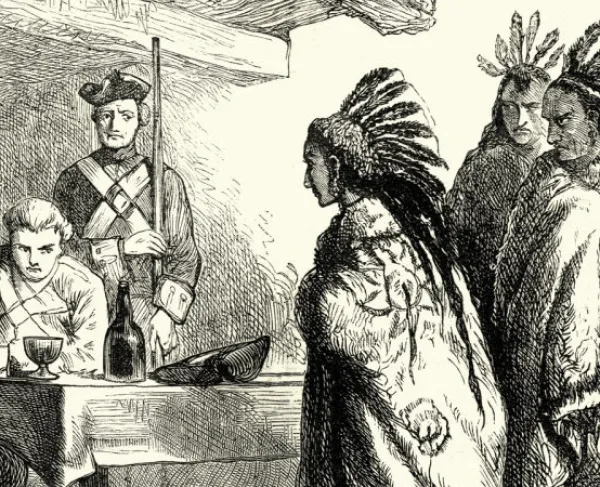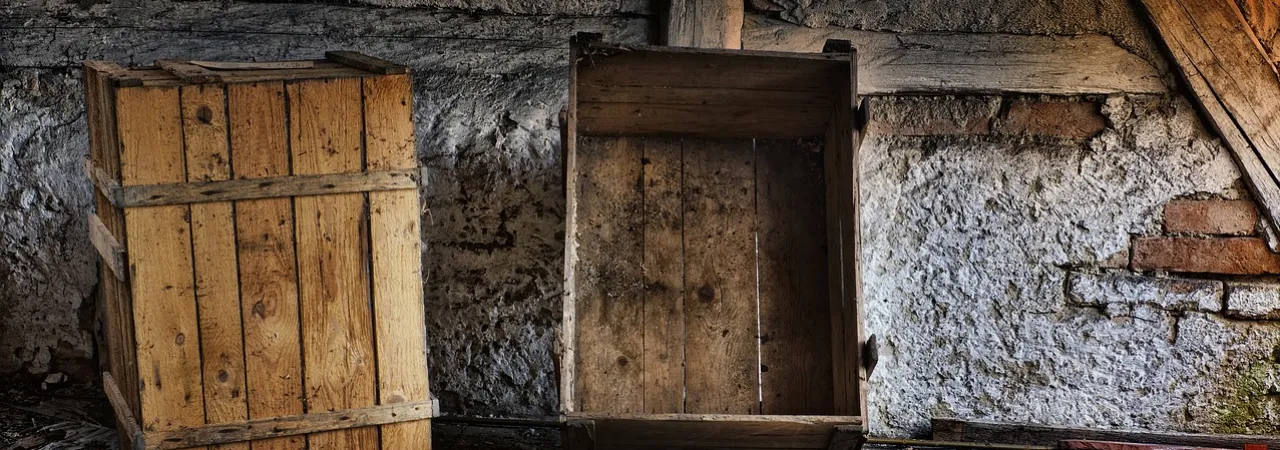
Wooden Boxes
One of the constant challenges for Great Britain in the American Revolution was maintaining a reliable, sustainable and safe supply line to support their men in the field. Of course, the biggest challenge was the 3,000 mile ocean separating Great Britain from the American colonies. The British over-relied on resources from their homeland, which strained their supply lines and hampered troops in the field. Successfully established supply lines became targets for Patriot partisans' constant actions. These groups, usually residing locally, had stronger knowledge of roads, farms and geography compared to the British. Though partisans existed throughout the United States, their activities in the South had the most impact on the outcome of the war. A combination of misaligned British strategy, the inability to manage their logistics and an active Patriot partisan war on the British supply lines led directly to the British defeat in the South in 1781 and the ultimate end of the war with Cornwallis’s surrender in Yorktown, Virginia.
Though the British were active in the South throughout the war, their most dedicated effort came in the spring of 1780. In a concerted effort to subdue the South (partially based on a notion that the public sentiment there was more pro-British than in the North), overall British Commander-in-Chief General Sir Henry Clinton transported nearly 14,000 men to Georgia in the winter of 1779. Building on British success in capturing Savannah, Georgia, Clinton believed a land route to Charleston would either force the Americans to abandon the port city, or best case he could capture the American southern army during a siege. Clinton’s best-case scenario occurred when the Americans surrendered on May 12, 1780.
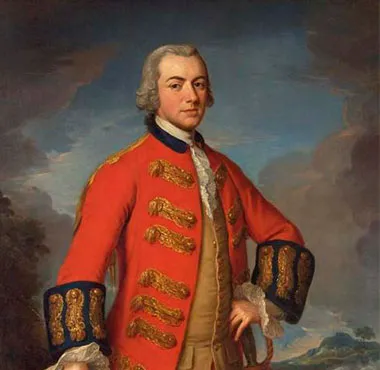
As Clinton returned to New York with more than half of the British army, he placed the southern battleground under Lt. Gen. Lord Cornwallis’s command. Clinton instructed Cornwallis to subdue the South and possibly move north if feasible. Cornwallis, somewhat frustrated by vague directions from his superior, utilized broad discretion. After attempting to reestablish a British civil government in South Carolina, he set out to establish outposts connected by roads protected by forts. These would allow for supplies to be moved out to his outposts from Charleston, where most supplies arrived via ships from Great Britain.
Almost instantly, British supply trains were under attack by partisans such as Thomas Sumter and Francis Marion. These Patriots established units raised locally that could strike quickly and move rapidly. Though not large enough to take on Cornwallis directly, Sumter and Marion established themselves well enough to impact the British supply system and also to intimidate Loyalist sentiment. This directly impacted Cornwallis’ ability to recruit men to his provisional units.
After the Battle of Camden, Cornwallis determined to move northward into North Carolina, but issues with his ability to supply his army delayed troop movement until mid-September. A month later, his western flanking force under Patrick Ferguson suffered annihilation at Kings Mountain and then a few months later Banastre Tarleton suffered an embarrassing defeat at Cowpens. Cornwallis determined to consolidate his forces and go after the combined Patriot army under Maj. Gen. Nathanael Greene and Daniel Morgan. In doing so, Cornwallis prioritized speed and ordered many of his supplies destroyed at Ramsour’s Mill on January 25.
As Cornwallis chased after Greene’s army northward in what is called the “Race to the Dan,” his army relied on foraging parties. Working with local leaders and militia, Greene effectively collected supplies in these same areas of North Carolina before Cornwallis arrived. Greene proved his worth in supply and logistics under Washington during Valley Forge serving as Quartermaster. Ultimately, Cornwallis was not able to catch Greene before crossing the Dan River into Virginia. A few weeks later Greene and Cornwallis squared off at Guilford Courthouse. Though victorious, Cornwallis was badly battered. Greene escaped and the British army was badly wounded. Cornwallis’ men suffered greatly from the rapid march to the Dan River and the subsequent battle at Guilford. Lack of supplies and the inability to collect and transport supplies due to his orders to destroy his supply train had a long-lasting impact on his men. A month later, Cornwallis moved his army to Wilmington to resupply and refit.
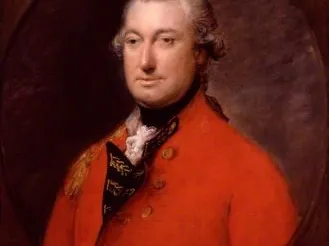
The Royal Navy, though still the dominant force on the seas, still had not recovered from the Seven Years War and was stretched thin. With nearly all the British supplies arriving by sea via Cork (Ireland), it was important to protect these convoys of supply ships. The situation grew worse when France entered the war in 1778, now the Royal Navy had to protect British interests in the West Indies, take on a formidable opponent in the French Navy and also protect the supply routes to Charleston and New York. Clinton summed up his frustration by writing in 1778, “I have no money, no provisions, not indeed any account of the sailing of the Cork fleet.” These issues continued to hamper the Crown’s war effort in the south. Cornwallis’ reliance on water borne supply was evident when he established Wilmington, NC in January 1781. This allowed him another ocean port to pull supplies, but unfortunately for Cornwallis, his army was operating nearly 300 miles away from Wilmington. The same obstacle of long supply lines impacted the health and readiness of his army. As long as Cornwallis’s army operated inland, his reliance on receiving supplies limited his ability for success in the field.
With Cornwallis moving north, Lord Rawdon was left in command of most of South Carolina and constantly faced attacks on his outposts and supply lines. Rawdon was having a difficult time finding enough men to operate the various supply depots and posts established along the road network from Charleston to the backcountry. Finally, due to defeats at important posts at Fort Motte in April and Fort Watson in May, the British in South Carolina determined to pull back to Charleston. The military situation in South Carolina collapsed due to their lack of ability to protect their supply lines.
Many factors caused the British war effort to fail in the South, but one that can not be denied is their failure to establish a reliable supply system for their men in the field. The reliance on supplies from a 3,000-mile ocean route created challenges exasperated by the French entrance into the war in 1778. Furthermore, long supply lines established along the coast were too far to aid the British army’s campaigns which provided Patriot partisans prime opportunities to strike long supply trains. Combined with successful Patriot efforts to collect and hide resources from the British in the regions of the backcountry, foraging for supplies proved difficult for Cornwallis’ men. Finally, American tactics of mobility and avoiding large, concentrated fights created a war of attrition that the British could not win due to their supply situation. By the summer of 1781, Cornwallis gave up on the Carolinas and moved north to Virginia where he hoped access to Chesapeake Bay would alleviate his supply issues. The remaining British forces in the Carolinas consolidated towards the coast and gave up the large swaths of land they wanted to ‘"subdue” just a few months before.


